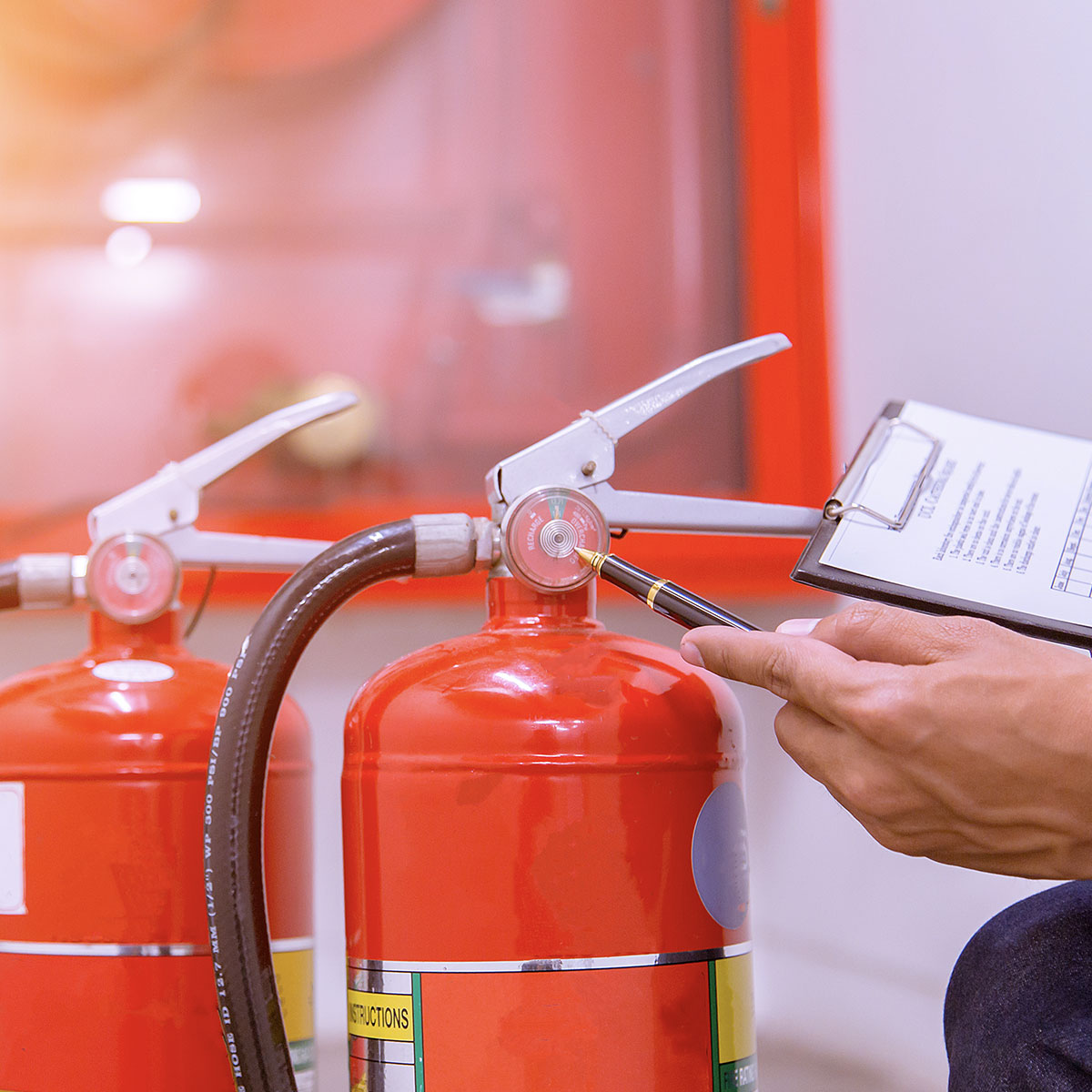Ensure you meet test and tag regulations.
Testing and tagging fire extinguishers and other equipment is an essential part of maintaining their effectiveness and ensuring they are safe to use in case of a fire.
It is recommended that fire extinguishers are tested and tagged annually, or more frequently in high-risk areas or where regulations require it. It is important to engage a qualified professional to conduct testing and tagging of fire extinguishers to ensure they are done correctly and safely.
At O2 Fire, we have a team of experienced technicians who are trained to carry out the testing and tagging of fire extinguishers in accordance with the relevant regulations. Our technicians have a thorough understanding of the standards and guidelines that apply to the testing and tagging of fire extinguishers, and are equipped with the knowledge and tools to ensure compliance..

How Often Should Your Fire Extinguisher be Tested?
In accordance with the AS1851:2010, regular testing is required for all fire extinguishers. Specifically, fire extinguishers must be tested every six months to ensure their effectiveness during a fire emergency.
Pressure testing must be completed at least once every five years, as the extinguisher is considered expired at this point. The pressure test involves stripping down the extinguisher, hydrostatically testing it, replacing the powder or filling, and replacing the O-rings before reassembling it. Alternatively, the extinguisher can be replaced.
To keep track of testing and maintenance, all fire extinguishers must have a metal fire tag attached, which documents the dates and results of all tests and inspections. This helps to ensure that the extinguisher is up to date with regulatory requirements and that it is in good working condition when needed.
How does Tagging work?
The foremost expert in Fire & Electrical Test & Tag Equipment in Wollongong.
To keep track of testing and maintenance, all fire extinguishers must have a metal fire tag attached.
The metal tag documents the dates and results of all tests and inspections. This helps to ensure that the extinguisher is up to date with regulatory requirements and that it is in good working condition when needed.

